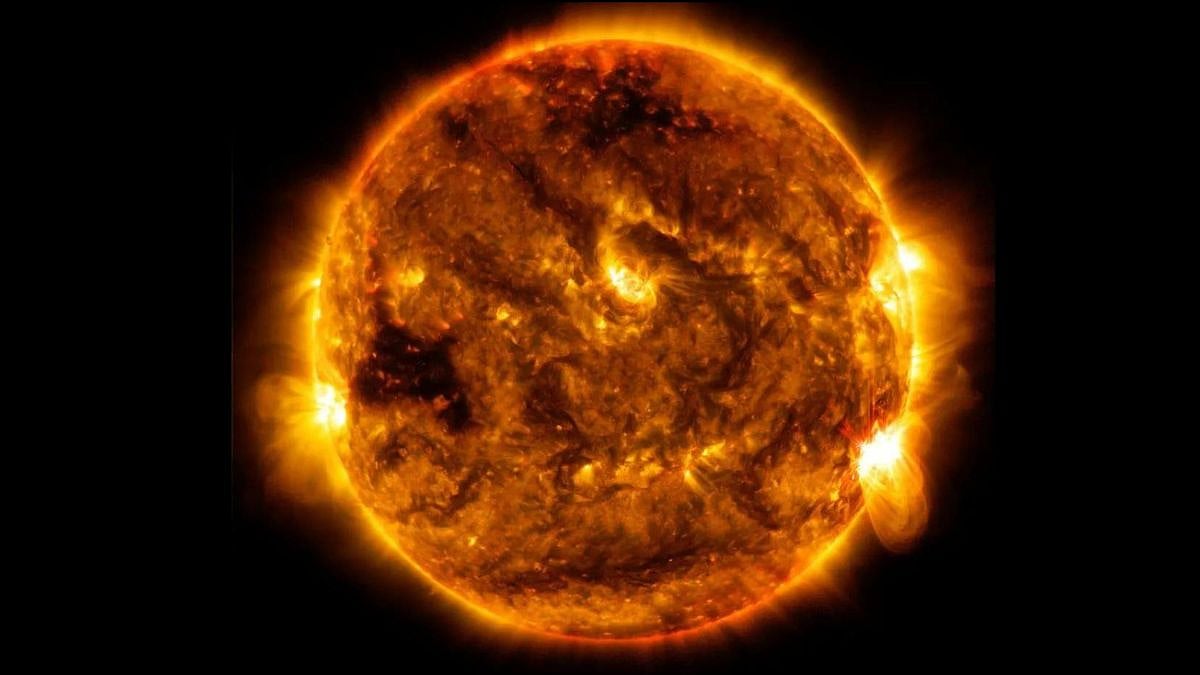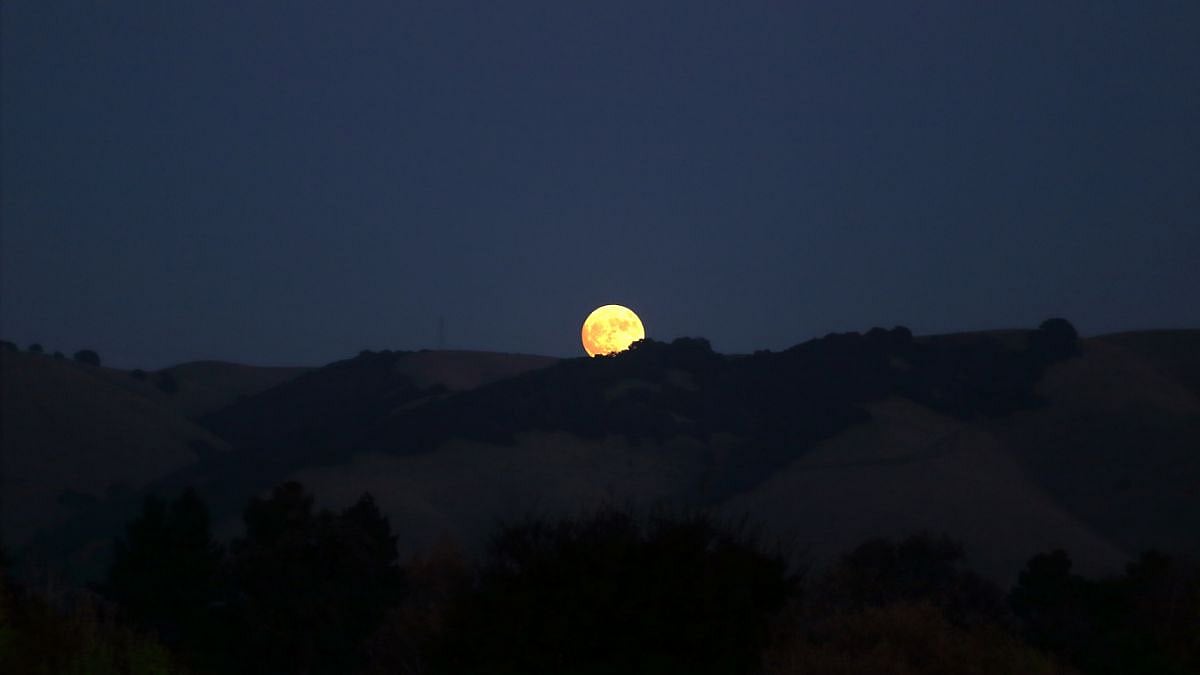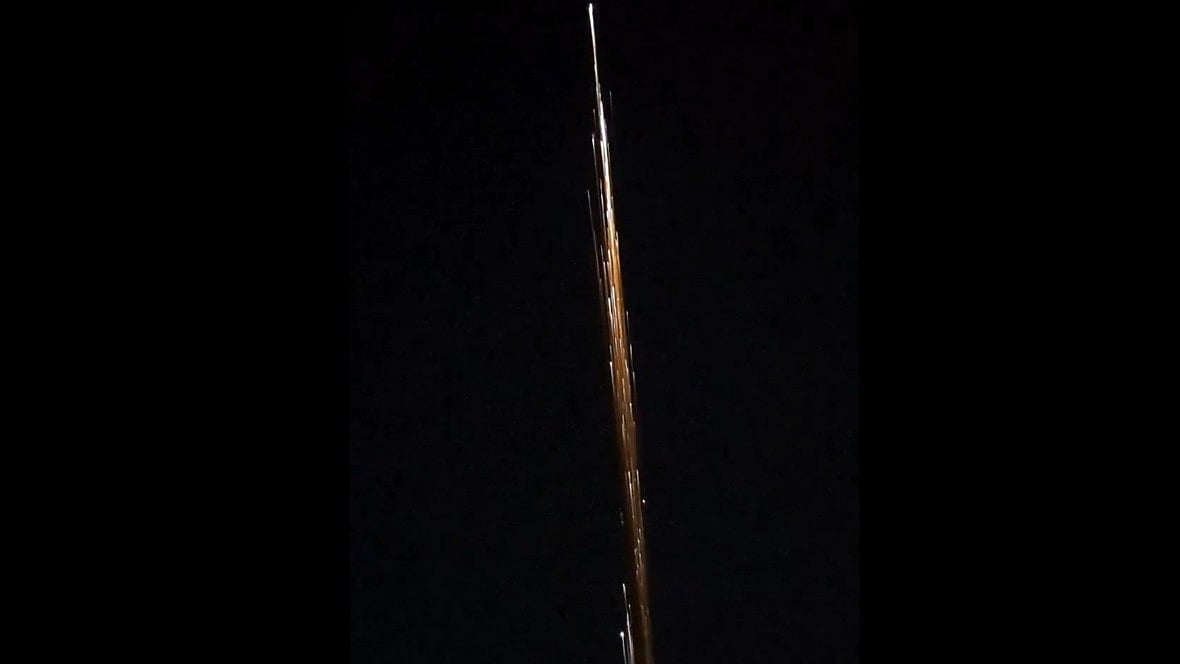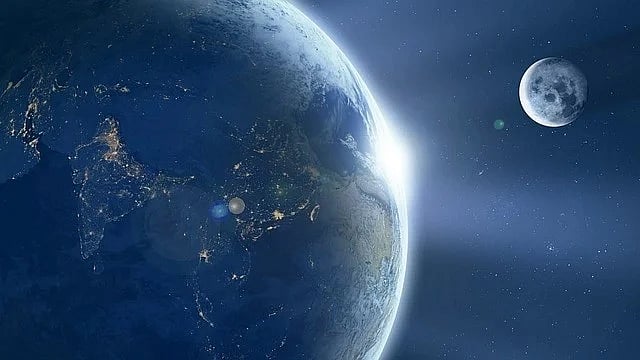The Sun, the star at the heart of our solar system, may not be as huge as we thought, according to the recent development that could alter the scientists' understanding of the Universe. Following the Science Alert report, two astronomers have discovered evidence indicating our Sun's radius is a few hundredths of a per cent smaller than prior analyses showed.
The latest findings are based on the sound waves generated and tapped inside the Sun's hot plasma interior, known as 'pressure' or p-modes. The study report was issued on arXiv.
Scientists on the Sun's interior
Astrophysicists from the University of Tokyo and Cambridge University, Masao Takata and Douglas Gough, explained that p-mode oscillations offer a 'dynamically more robust' glimpse of the Sun's interior than other oscillating sound waves. For better understanding, consider the Sun as a ringing bell being hit by tiny sand grains. That seismic turmoil generates millions of oscillating sound waves such as p-waves, g-modes, and f-modes.
F-modes have traditionally been used to calculate the seismic radius of the Sun. However, scientists discovered they may only be partially accurate as they extend to the Sun's photosphere. Instead, p-modes are more beneficial since they extend further and are less subject to magnetic fields and turbulence in the Sun's convection zone's upper boundary layer.
Paper's introduction
The paper's introduction read, "Analysis of f-mode frequencies has yielded a measure of the radius of the lower Sun that is a few hundredths of a per cent greater than the photospheric radius determined by direct optical measurement. Part of this discrepancy can be explained by recognising that the structure of these essentially adiabatic oscillation modes is determined principally by variations in density well under the star's photosphere, rather than any aspect of radiative intensity.''
Researchers advocate the p-modes
Takata and Gough, both researchers, now advocate that the p-modes should be used to calculate the radius of the Sun. With p-mode frequencies, their calculations show that the solar photospheric radius is slightly less than the mainstream solar model.
According to the researcher's paper, they tried to explore the different defined, dynamically more resilient seismic radius computed from p-mode frequencies. The distance from the Sun's centre to the place in the subphotospheric layers where the first derivative of the density scale height changes virtually discontinuously is used to calibrate this radius. We discover that the radius is more or less consistent with what the f mode suggests.
Moreover, reading the radius inferred from p modes allows us to grasp better the role of the total mass constraint in structure inversions. This will enable us to reinterpret the sound-speed inversion, implying that the photosphere and the adiabatically stratified strata in the convective envelope differ non-homologously from those in the traditional solar model,'' the study stated.











